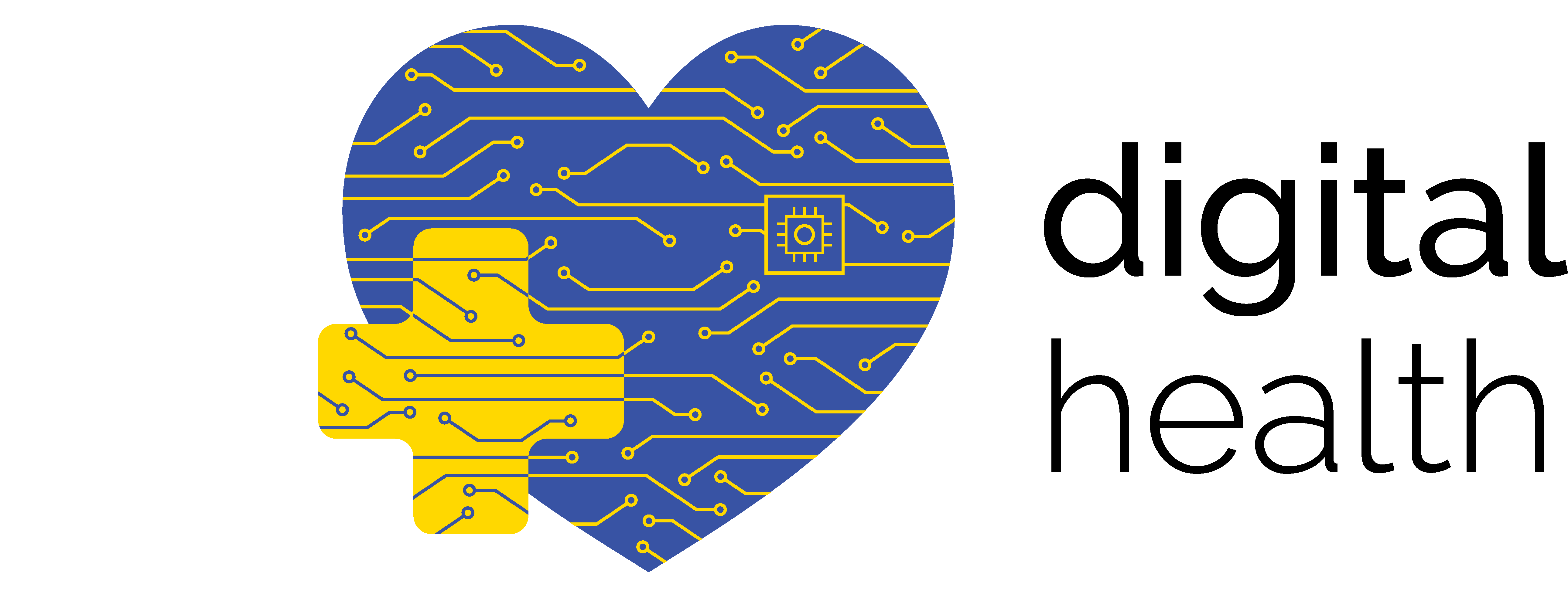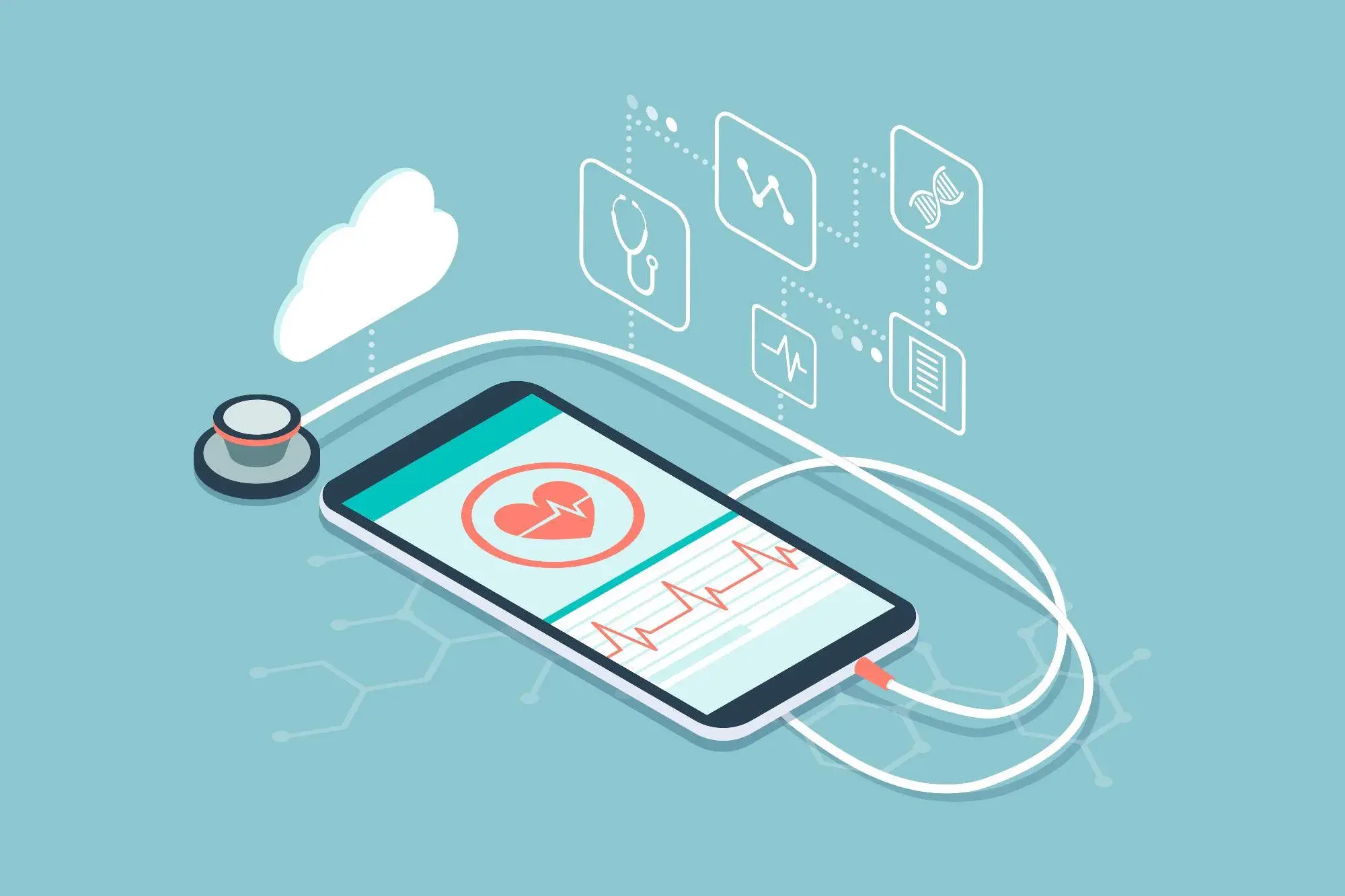
Benefits of Virtual Healthcare
Virtual healthcare offers numerous advantages to both patients and healthcare providers. By eliminating the need for in-person visits, telemedicine helps improve access to care, especially for patients in remote or underserved areas. Additionally, it allows for more flexible appointment scheduling and reduces the risk of exposure to contagious diseases.
| Benefit | Description | Impact |
|---|---|---|
| Accessibility | Patients can access care from anywhere, anytime | Ideal for rural and underserved areas |
| Cost-Effectiveness | Reduces overhead costs, eliminates travel expenses | More affordable healthcare options |
| Convenience | Flexible scheduling and reduced wait times | Easier for busy patients to access care |
| Improved Continuity of Care | Enables continuous care and follow-up consultations | Enhances patient satisfaction and outcomes |
Challenges in Virtual Healthcare
While virtual healthcare offers numerous benefits, it also faces several challenges. One of the main obstacles is technology. Patients and healthcare providers need reliable internet connections and devices to use telemedicine services effectively. Additionally, the issue of data privacy and security remains a concern, as sensitive health information is transmitted over digital platforms.
| Challenge | Description | Impact |
|---|---|---|
| Technology Access | Requires reliable internet and devices | Digital divide can limit access for some |
| Privacy and Security | Concerns over the confidentiality of patient data | Increased risk of data breaches |
| Licensing and Regulation | Varying laws and regulations across states/countries | Can complicate telemedicine practices |
| Patient Trust | Some patients are reluctant to embrace telemedicine | Lower adoption rates among certain groups |
The Future of Telemedicine
The future of telemedicine looks promising, with advancements in technology and greater integration of virtual care into traditional healthcare systems. Innovations such as artificial intelligence (AI), wearable devices, and remote monitoring are expected to further enhance telemedicine capabilities, enabling real-time data analysis and more accurate diagnoses. Additionally, as regulations around telemedicine evolve, we can expect broader adoption and improved patient experiences.
| Technology | Potential Impact | Future Use Cases |
|---|---|---|
| Artificial Intelligence (AI) | AI-powered tools can assist in diagnosis and treatment | Automates routine tasks, enhances decision-making |
| Wearable Devices | Real-time monitoring of chronic conditions | Remote monitoring of heart rate, blood pressure, etc. |
| Remote Monitoring Systems | Continuous health tracking for better patient management | Chronic disease management, post-surgery follow-ups |
| Expanded Telemedicine Networks | More widespread availability of telehealth services | Global access to healthcare services |
Conclusion: The Evolving Landscape of Virtual Healthcare
As telemedicine continues to grow, its role in virtual healthcare will become increasingly integral to how healthcare is delivered. While there are challenges to overcome, such as technology access and privacy concerns, the potential for improving patient care and access to medical services is immense. The future of telemedicine looks bright, with advancements in technology and regulatory frameworks paving the way for a more connected and accessible healthcare system.






